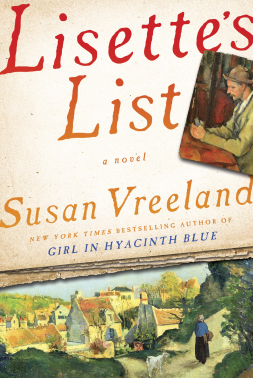
Perhaps this needs an explanation. In this enjoyable middle grade fantasy, Gabriel needs to find his mysteriously missing father. He belongs to a line of people who use their amicus ability in a special bond to talk to ravens. Somewhere the magic has played havoc with his father, and it becomes his job to find him and set him free.
him and set him free.
Helping him along the way are Somes, a bully who becomes a friend; Abby, a nonconformist in cat’s eye glasses who wears one red boot and one blue one; and Pamela, the violinist daughter of his aunt’s old friend whom she takes in when they are down on their luck.
Danger comes from many sources, but the worst are the valravens that look exactly like ravens but have no sense of humor. They can be recognized by their lack of laughter when they hear an answer to a riddle. They don’t get the joke. For other dangers, paravolating is the solution. The amicus and raven become one, taking either the form of the bird or the form of the human, depending on which is safer choice.
Challenges also come in several forms, but my favorite is the writing desk with feet that moves from place to place and disguises itself by wearing a rose printed pink nightgown or a yellow rain slicker. Thankfully, it likes to dance so Pamela’s violin comes in handy for enticement when they need it to stand still and produce another clue.
Humor shows up in places along with both old and new riddles. Simply describing Pamela’s mother’s cooking as unappetizing would be too easy – “Judging by the colors bubbling around the lid, the evening dinner was a brown sweater.”
Like a middle grade reader, I spent an enjoyable Sunday afternoon believing all of this and sharing the tension as the children sort out which birds and humans are worthy of trust as they navigate the dangers that take them to Brooklyn’s underground.






























